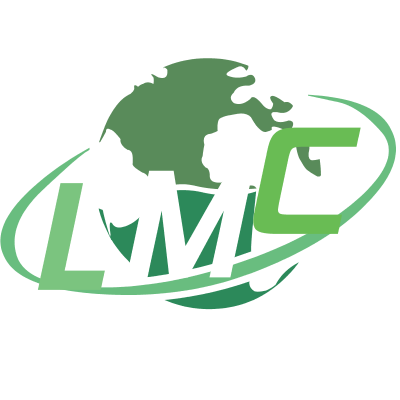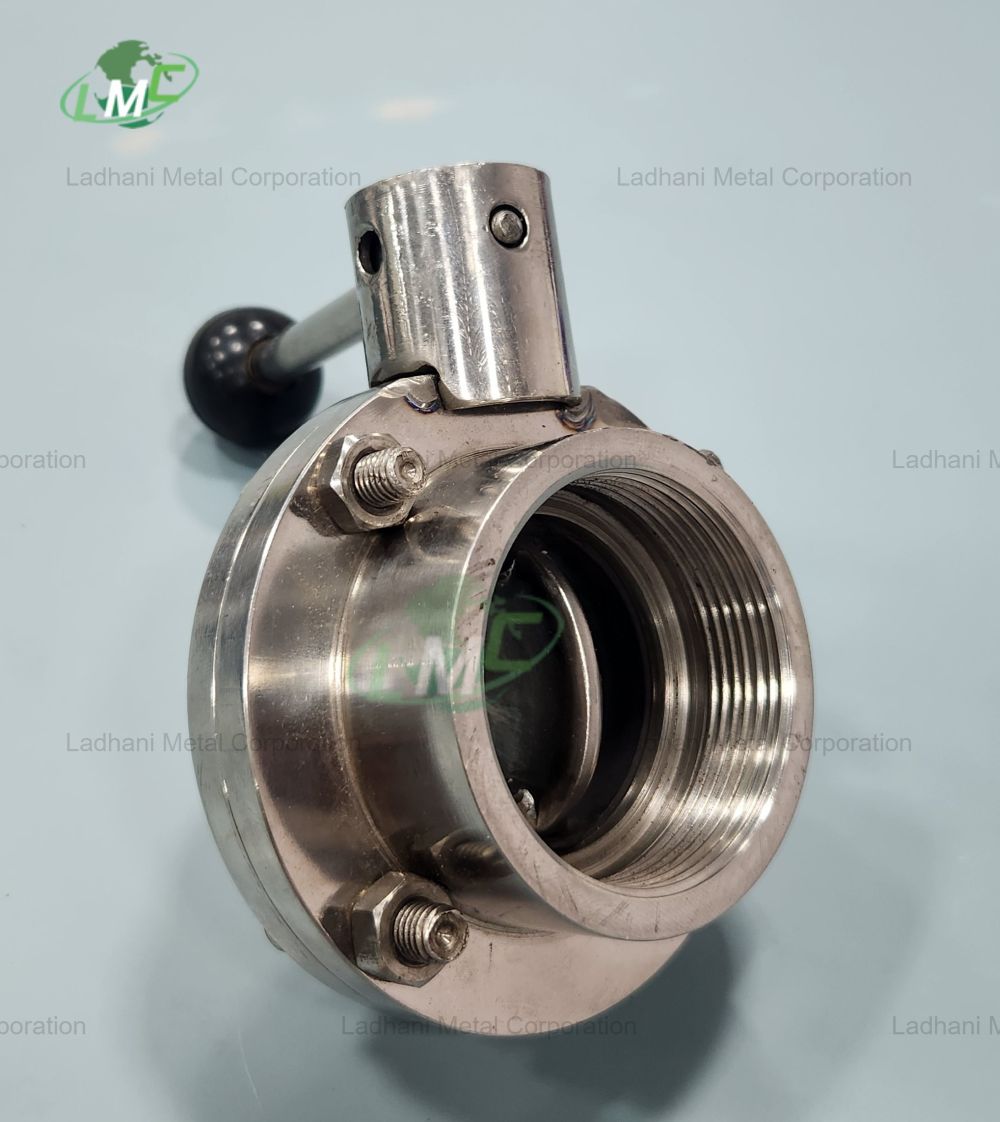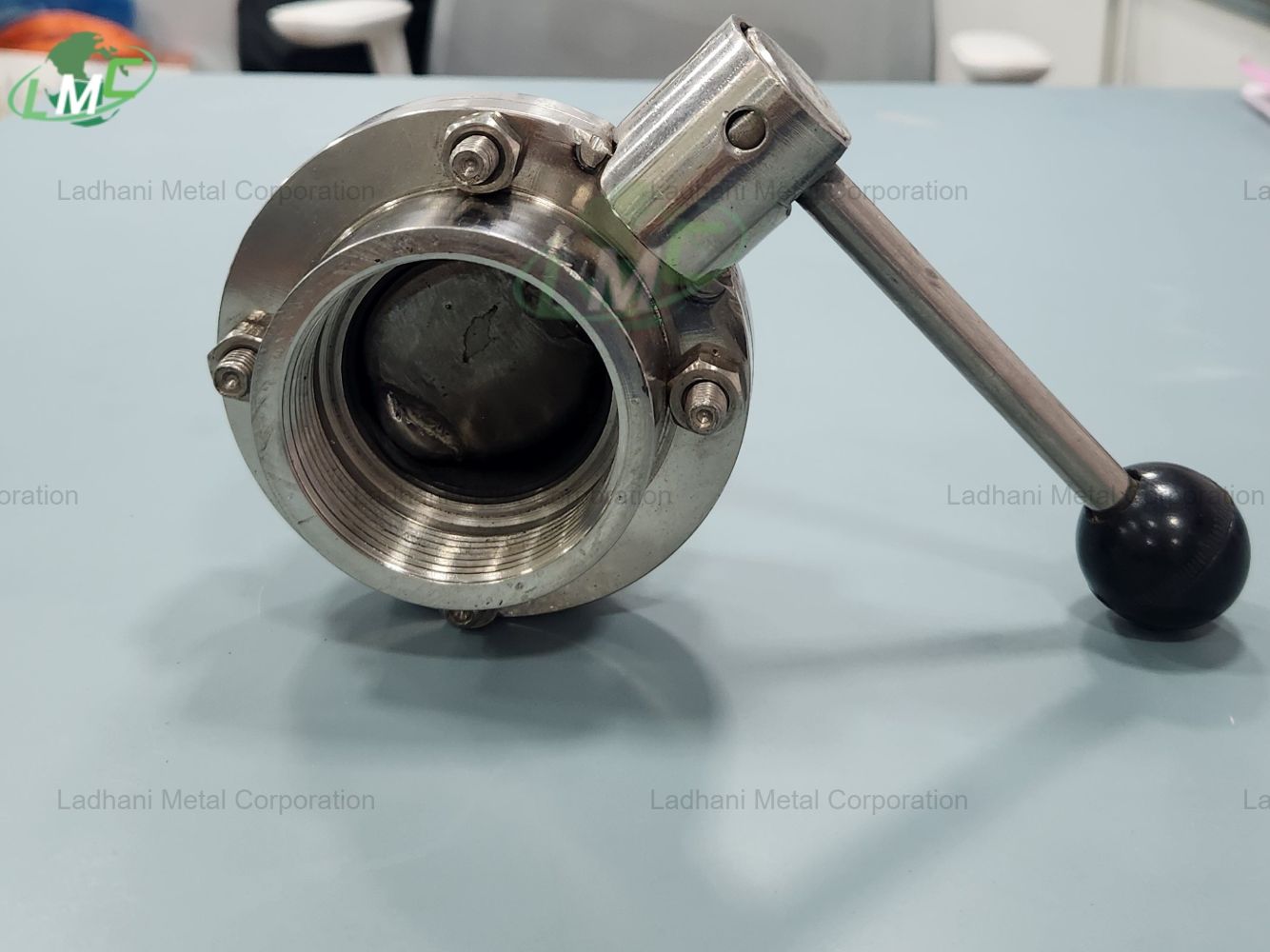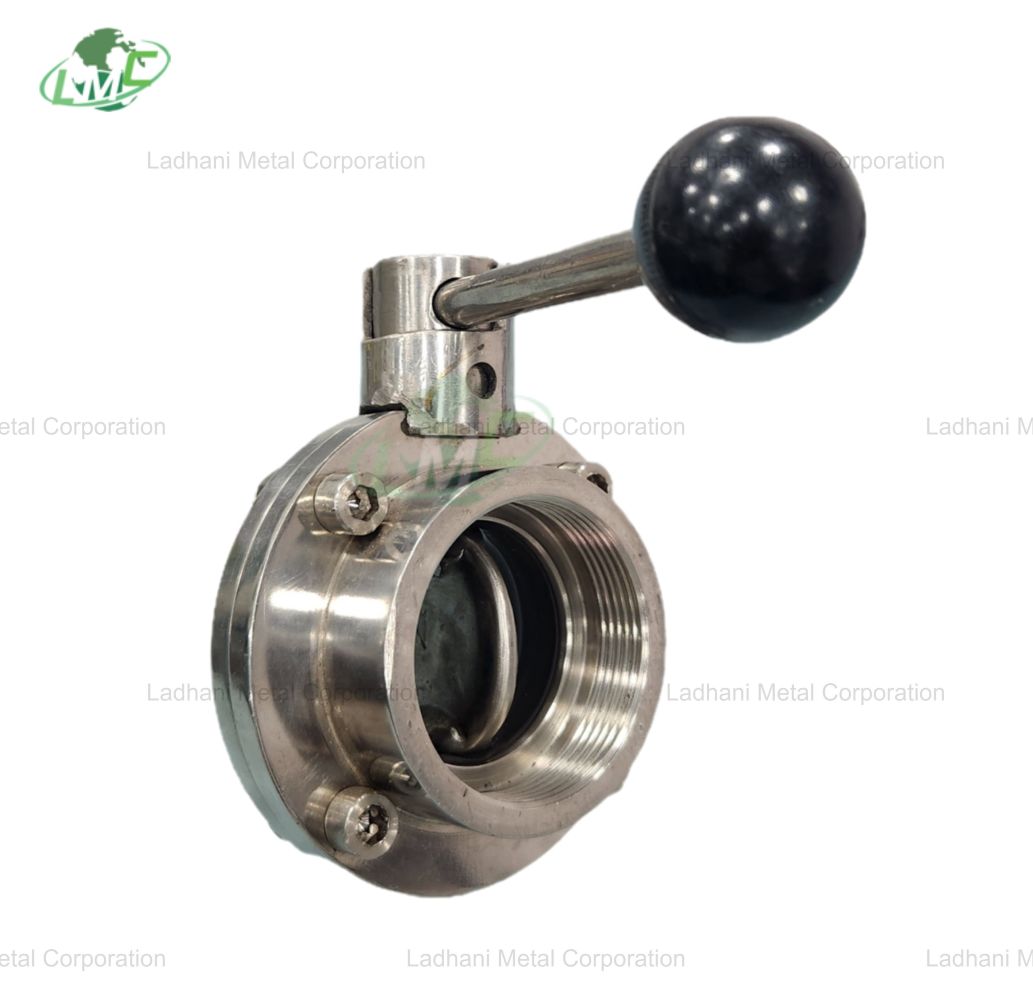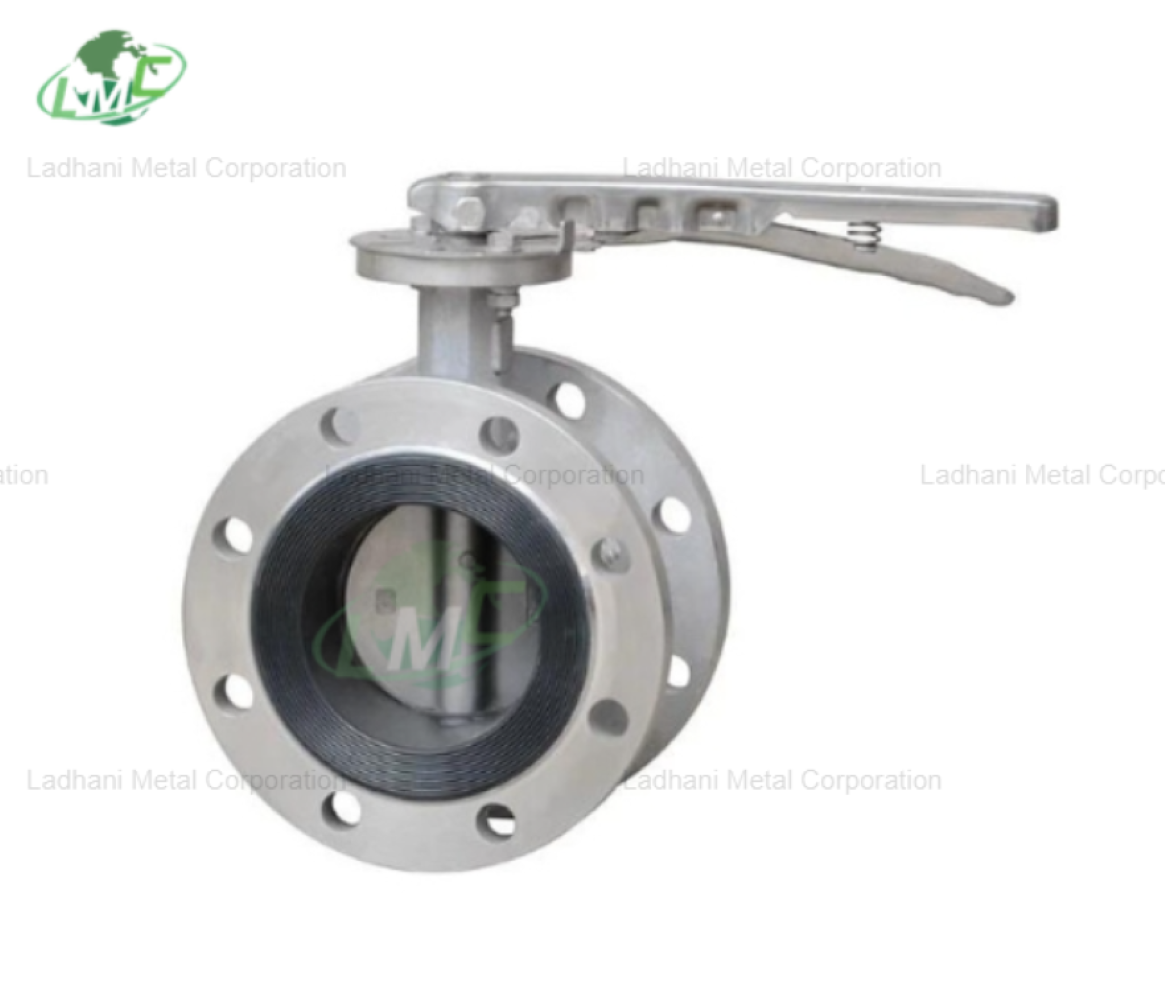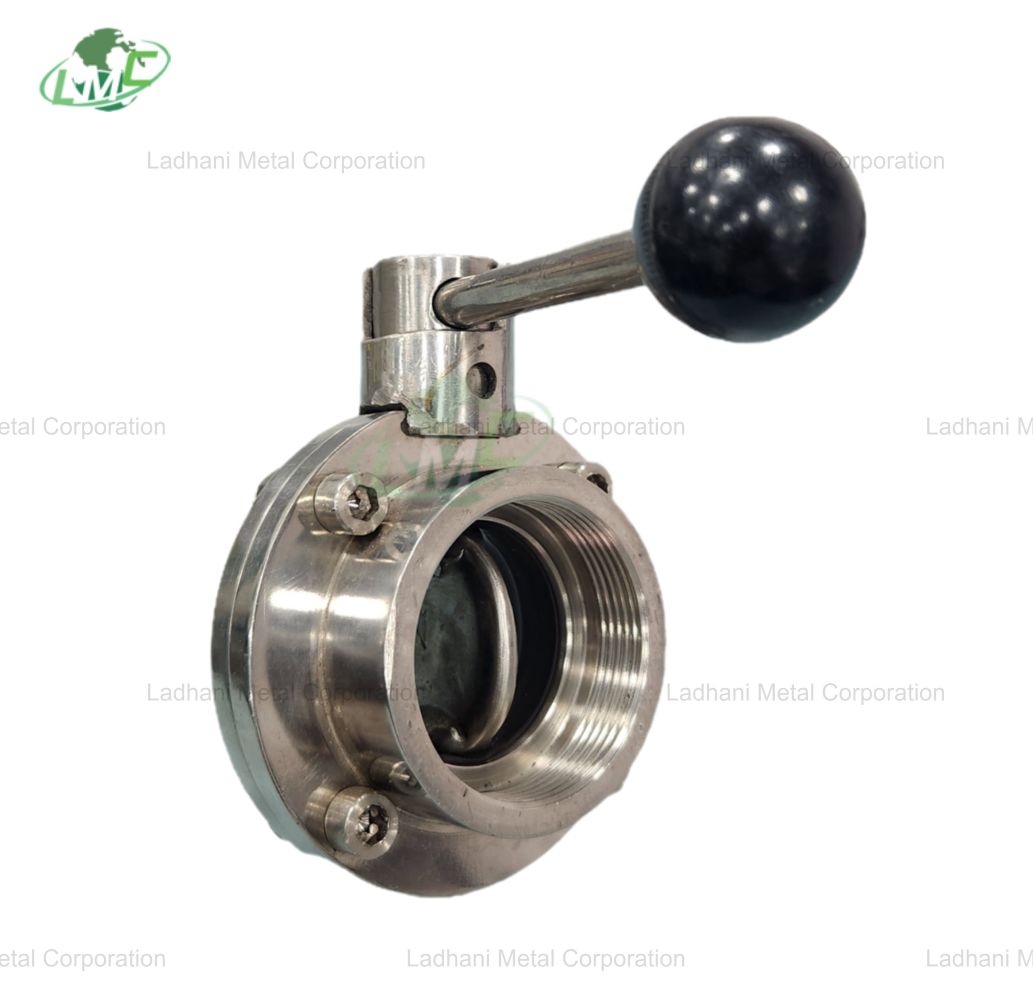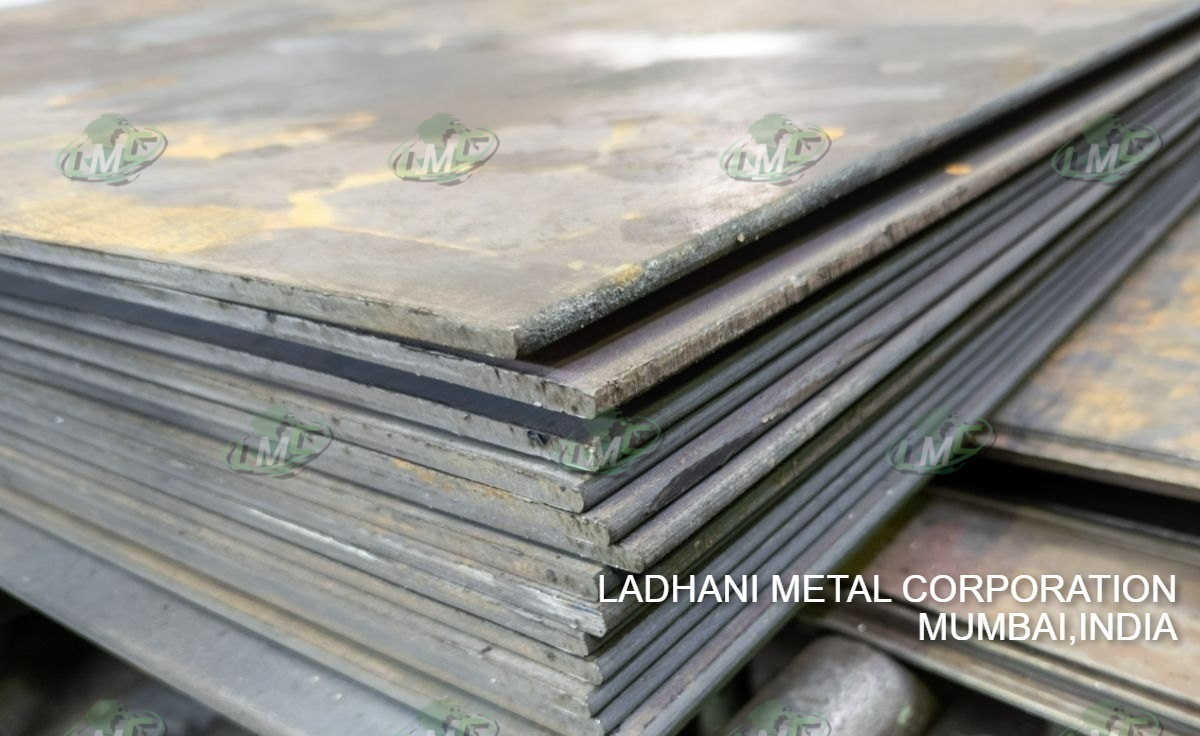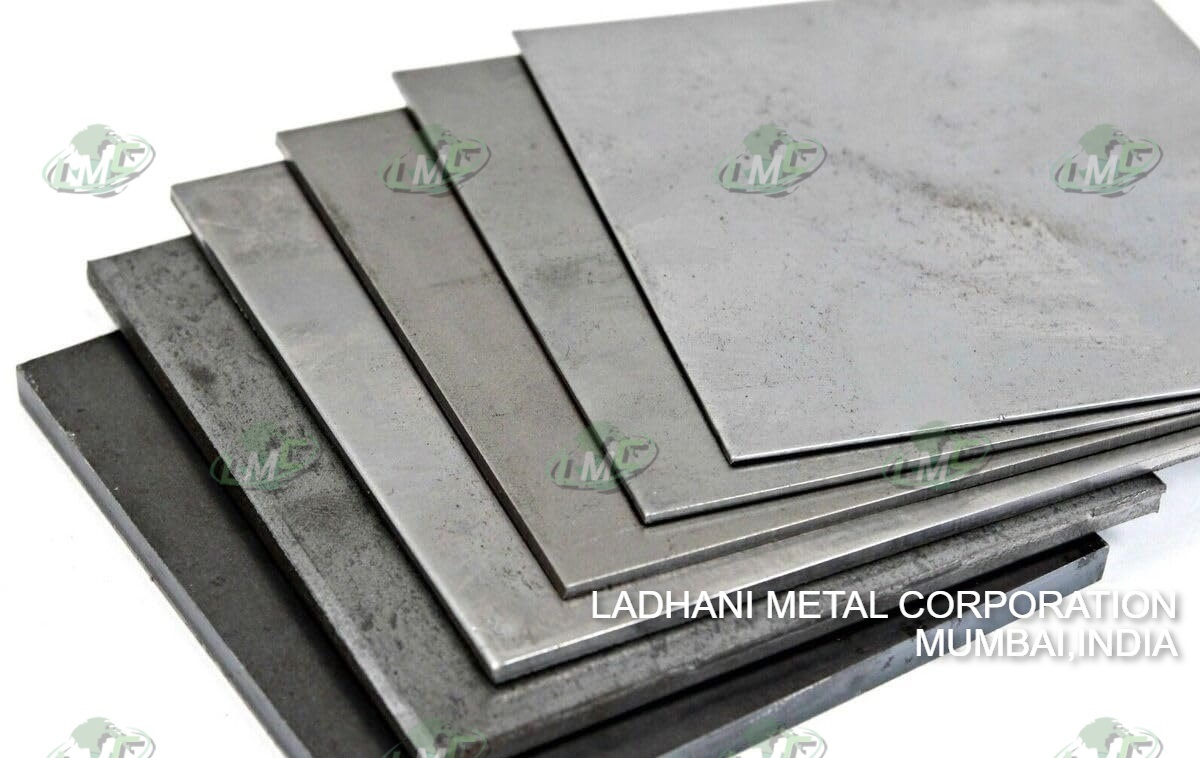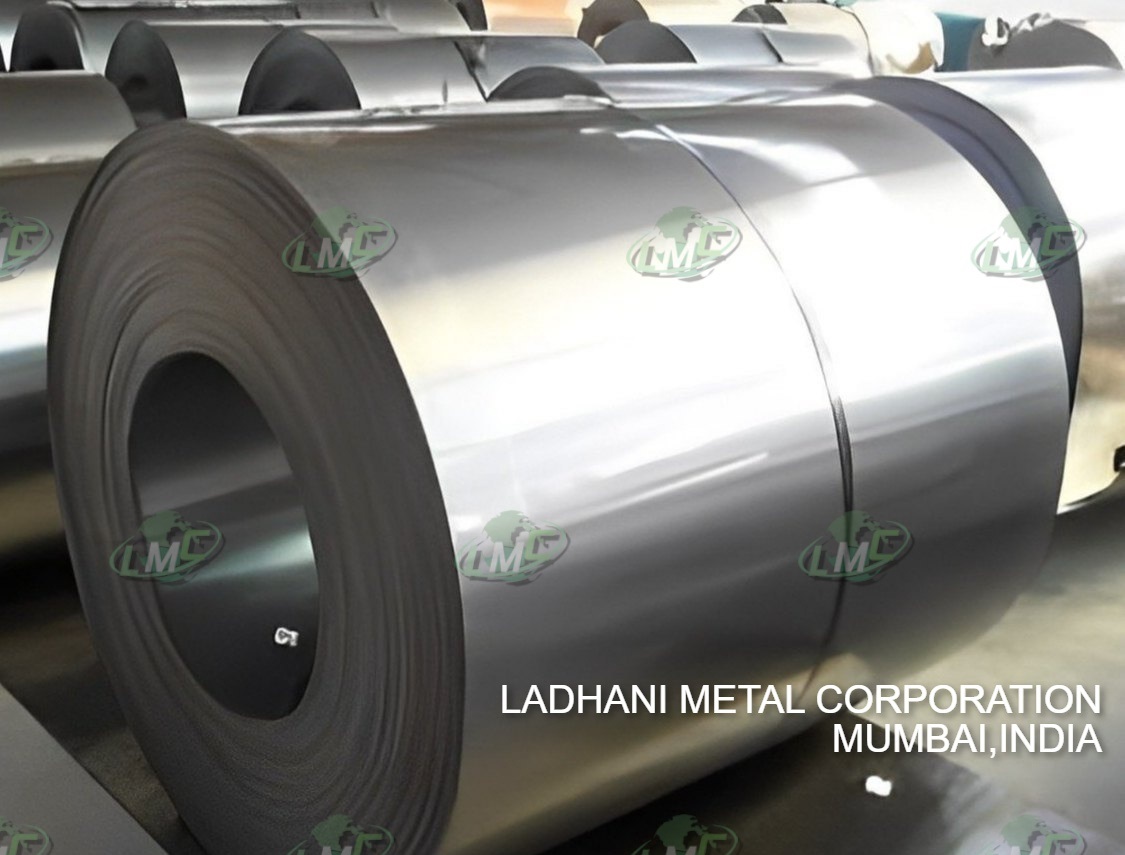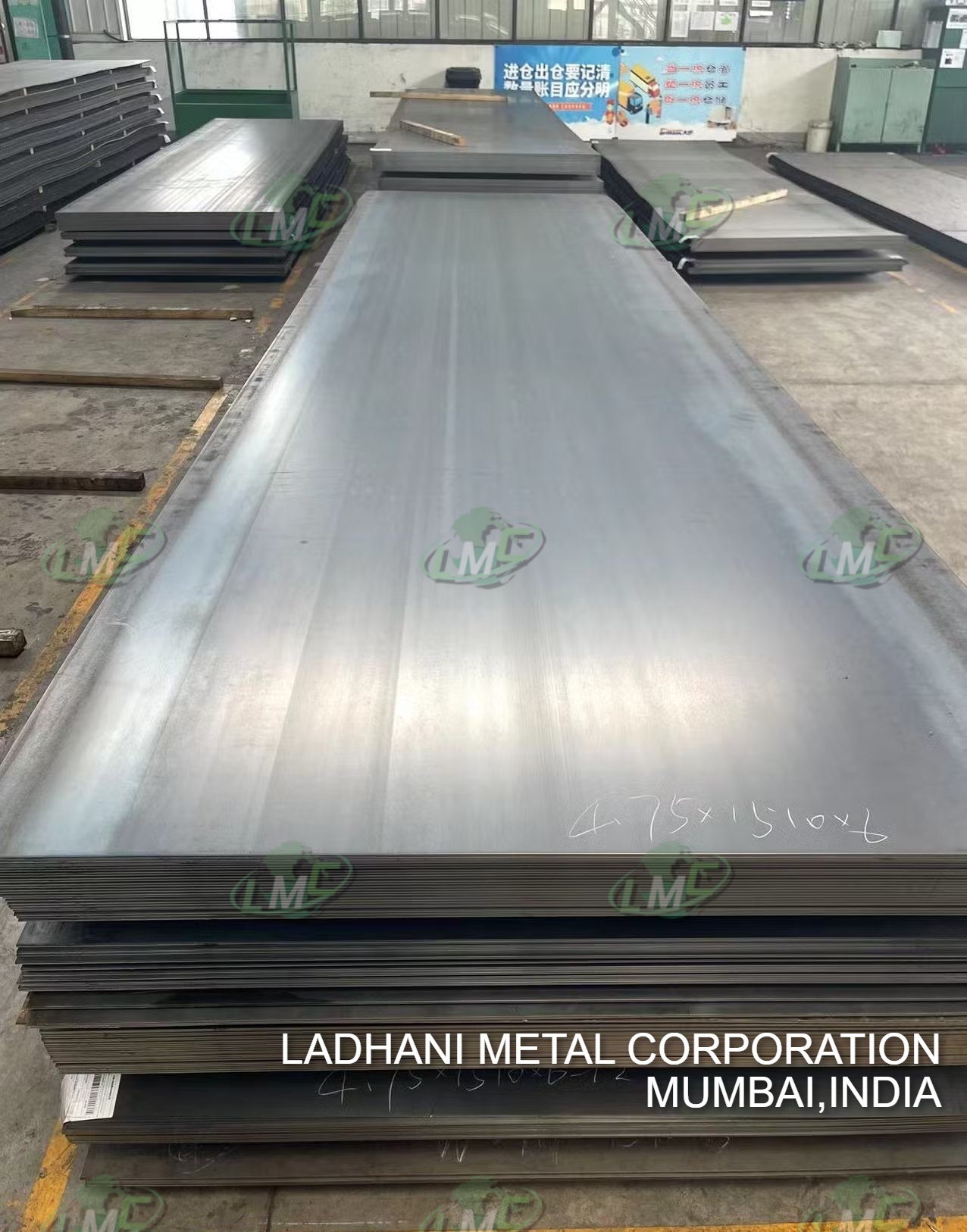Ladhani Metal Corporation is a trusted manufacturer, supplier, and exporter of high-quality Hastelloy C-276 Butterfly Valves. A Hastelloy C-276 butterfly valve is a high-performance flow control device specifically designed for use in highly corrosive and chemically aggressive environments. Manufactured using Hastelloy C-276 alloy, this valve provides exceptional resistance to strong oxidizers, reducing agents, and wet chloride gases. Its superior metallurgical stability ensures durability, strength, and long service life even under extreme pressure and temperature conditions, making it an ideal choice for critical industrial applications. Functions The key functions of a Hastelloy C-276 butterfly valve include: • Regulating and isolating the flow of corrosive liquids, gases, and chemical media. • Providing tight shut-off performance with minimal operating torque. • Enabling smooth throttling and precise flow control in process systems. • Minimizing pressure drop while maintaining efficient fluid flow. • Offering reliable operation under high temperatures and mechanical stress. • Resisting pitting, crevice corrosion, and stress-corrosion cracking in harsh environments. Composition of Hastelloy C-276 Hastelloy C-276 (UNS N10276) is a nickel-molybdenum-chromium alloy with additions of tungsten, designed to offer exceptional corrosion resistance in both oxidizing and reducing conditions. It is one of the most versatile corrosion-resistant alloys available, maintaining excellent mechanical properties and weldability. Typical Composition of Hastelloy C-276: • Nickel (Ni) – Balance • Molybdenum (Mo) – 15.0–17.0% • Chromium (Cr) – 14.5–16.5% • Iron (Fe) – 4.0–7.0% • Tungsten (W) – 3.0–4.5% • Cobalt (Co) – 2.5% max • Manganese (Mn) – 1.0% max • Vanadium (V) – 0.35% max • Silicon (Si) – 0.08% max • Carbon (C) – 0.01% max • Phosphorus (P) – 0.04% max • Sulfur (S) – 0.03% max Types of Hastelloy C-276 Butterfly Valves • Flanged Hastelloy C-276 Butterfly Valve – Available in Class 150, Class 300, and Class 600, providing secure and leak-free performance for high-pressure, corrosive service conditions. • Threaded Hastelloy C-276 Butterfly Valve – Designed with precision threads for smaller pipelines, ensuring easy installation and reliable sealing in aggressive chemical systems. Applications / Uses Hastelloy C-276 butterfly valves are widely used in industries requiring superior corrosion resistance and durability: • Chemical and petrochemical processing plants. • Power generation and energy facilities. • Marine and offshore engineering systems. • Pollution control and flue gas scrubber units. • Acid production, fertilizer, and chlorination plants. • Pharmaceutical and biotechnology industries. • Desalination and wastewater treatment facilities. • Pulp and paper manufacturing units. Conclusion Hastelloy C-276 butterfly valves deliver unmatched performance in corrosive and high-temperature environments. Their superior strength, resistance to oxidizing and reducing agents, and reliable flow control make them essential for demanding industrial processes. Available in both flanged and threaded configurations, these valves ensure dependable operation and extended service life. For any requirement or orders, contact Ladhani Metal Corporation (LMC), a trusted manufacturer, supplier, and exporter of premium Hastelloy C-276 Butterfly Valves. Mumbai, Pune, Chennai, Hyderabad, Ahmedabad, Vadodara, Surat, Rajkot, Ankleshwar, Vapi, Navi Mumbai, Thane, Kolhapur, Nagpur, Indore, Bhopal, Delhi, Noida, Gurgaon, Faridabad, Kolkata, Howrah, Bhubaneswar, Rourkela, Jamshedpur, Ranchi, Patna, Visakhapatnam, Vijayawada, Bengaluru, Mangalore, Kochi, Coimbatore, Tiruchirappalli, Hosur, Tuticorin, Jamnagar, Bharuch, Dahej, Gandhidham, Mundra, Panipat, Ludhiana, Chandigarh, Amritsar, Jaipur, Udaipur, Kanpur, Lucknow, Haridwar, Dehradun, Silvassa. #HastelloyButterflyValve #HastelloyButterflyValveManufacturer #HastelloyButterflyValveSupplier #HastelloyButterflyValveExporter #HastelloyButterflyValveIndia #IndustrialHastelloyButterflyValve #HastelloyC22ButterflyValve #HastelloyC276ButterflyValve #HastelloyC4ButterflyValve #FlangedHastelloyButterflyValve #ThreadedHastelloyButterflyValve #HighPerformanceHastelloyButterflyValve #CorrosionResistantHastelloyButterflyValve #ChemicalProcessHastelloyButterflyValve #MarineGradeHastelloyButterflyValve #OffshoreHastelloyButterflyValve #OilAndGasHastelloyButterflyValve #DesalinationHastelloyButterflyValve #PharmaceuticalHastelloyButterflyValve #BiotechHastelloyButterflyValve #IndustrialFlowControlHastelloyButterflyValve #AcidResistantHastelloyButterflyValve #HighTemperatureHastelloyButterflyValve #NickelAlloyHastelloyButterflyValve #PneumaticHastelloyButterflyValve #ElectricActuatedHastelloyButterflyValve #ManualHastelloyButterflyValve #HydraulicHastelloyButterflyValve #ANSIStandardHastelloyButterflyValve #ASMEStandardHastelloyButterflyValve #Class150HastelloyButterflyValve
